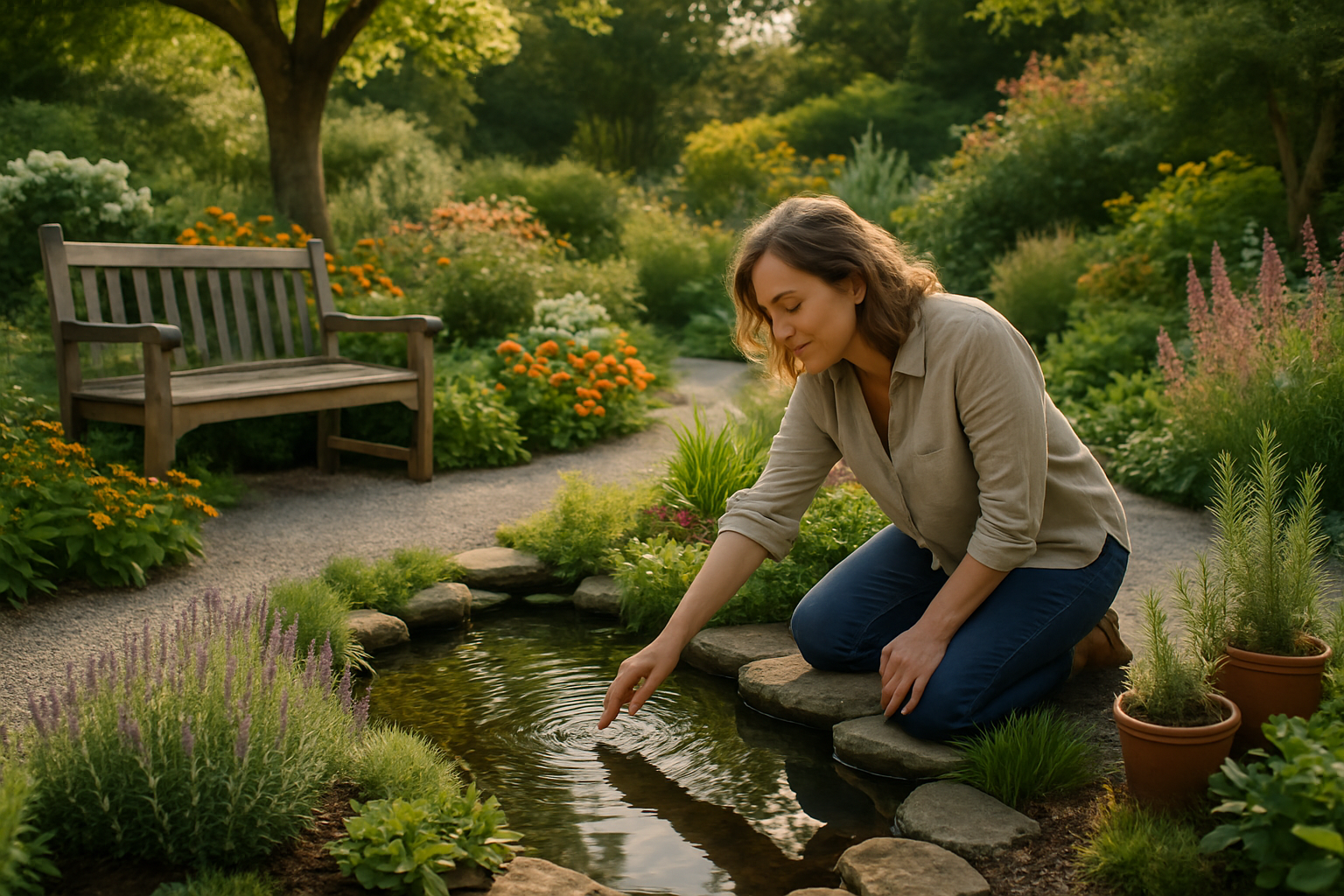"Delving into the World of Multi-sensory Garden Design"
Introduction: Imagine stepping into your garden, where a symphony of fragrances, colours, and textures playfully engage your senses. This is the essence of multi-sensory garden design—a home and garden trend that is transforming outdoor spaces into immersive experiences. This article delves into this fascinating concept, charting its development, current trends, and the delightful ways it embellishes daily living.

A Brief History of Multi-Sensory Garden Design
The concept of multi-sensory gardens dates back to ancient civilizations. The Hanging Gardens of Babylon, for instance, were famed for their aromatic plants and lush beauty. However, the formal recognition of this practice emerged in the 20th century, with horticultural therapy for war veterans and later, for individuals with disabilities. Since then, the approach has evolved, becoming an innovative design trend that enhances wellbeing and aesthetic pleasure for all.
The Anatomy of a Multi-Sensory Garden
A multi-sensory garden typically engages the five senses: sight, smell, touch, taste, and hearing. Vibrantly colored flowers and lush greenery appeal to the eye, while fragrant herbs and flowers stimulate the sense of smell. Textured plants and elements like gravel paths appeal to touch, while edible plants engage taste. Finally, water features, wind chimes, or rustling leaves create soothing sounds, completing the sensory experience.
The Rise of Multi-Sensory Gardens in Contemporary Design
Today, multi-sensory gardens are making their mark in the world of contemporary design. More homeowners are integrating elements like aromatic herb gardens, textured walkways, or soundscaping with bird feeders and wind chimes. Designers are creating unique outdoor spaces that are not just visually appealing but are engaging on multiple sensory levels.
The Practicality and Benefits of Multi-Sensory Gardens
Beyond their aesthetic appeal, multi-sensory gardens offer numerous practical benefits. Research suggests that such gardens can reduce stress, improve mood, and promote physical activity. For children, these gardens can be educational, helping them learn about different plants, colours, and textures. For the elderly or those with disabilities, these gardens can provide therapeutic benefits.
Incorporating Multi-Sensory Elements into Your Garden
Creating a multi-sensory garden doesn’t necessarily require a complete overhaul. Start small by introducing plants with different textures and fragrances. Consider adding elements like water features for sound or a small vegetable patch for taste. Remember, the goal is to create a space that engages and delights all your senses.
In conclusion, multi-sensory garden design is a captivating trend that is transforming how we interact with our outdoor spaces. It’s not just about creating a beautiful garden—it’s about crafting an immersive, sensory experience that enhances wellbeing. As more people embrace this trend, our gardens are set to become more vibrant, engaging, and enjoyable than ever before.





